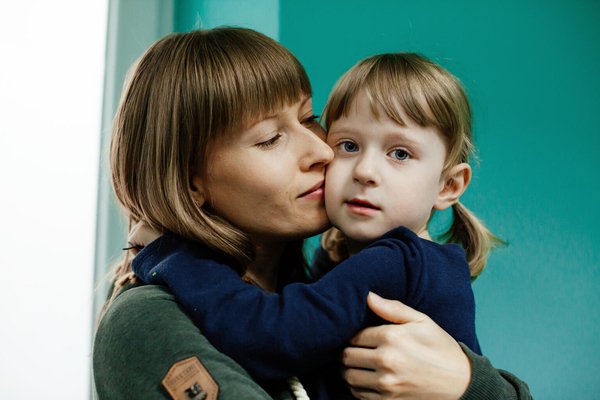What is disability?
The Convention on the Rights of Persons with Disabilities (CRPD) defines living with a disability as having a long-term physical, mental, intellectual or sensory impairment that – in interaction with the environment – hinders one’s participation in society on an equal basis with others.
It means that children with disabilities may have very different experiences based on the interaction of their specific impairment(s) and the environment in which they live.
For instance, children with myopia who do not have access to diagnostic services and glasses will have difficulty seeing, whereas those who have such access will not. Access to supportive devices, technology and services, as well as exposure to nurturing relationships are crucial to promoting the development and inclusion of all children, regardless of their impairments.

Children with disabilities are a highly diverse group with wide-ranging life experiences. They live in every community, and are born with or acquire distinct conditions that, in relation to their surroundings, lead to functional difficulties – like seeing, walking, communicating, learning, caring for oneself or making friends. Children with disabilities also include those who develop anxiety or depression as a result of stressful life events.
The extent to which children with disabilities are able to function, participate in society and lead fulfilling lives depends on the extent to which they are provided with opportunities to participate.
These barriers may be different, such as:
- structural (e.g. elevators and ramps in pre-schools)
- communication (e.g. access to Braille or accessible ePub books for those who are blind, Sign language interpreter for deaf children, means for alternative and augmentative communication, visual materials); attitudinal (e.g. accepting and supporting attitudes from teachers, children and other parents, as well as communities.)
- policy (e.g. all children have the right to inclusive quality early education or specialized services)
Parents play an important part in preventing internalized stigma, which is defined as stigma that becomes a part of a person’s own system of values and self-concept. Studies show that some people with disabilities experience this type of stigma. While many factors lay outside of family control, it is crucial to create a loving, nourishing environment where every member of the family is valued equally and diversity is celebrated.
When a family has a child with a disability, parents or family members, including older children, often become caregivers. These new roles are often necessary and adaptive. It takes time to get accustomed to a new dynamic.

